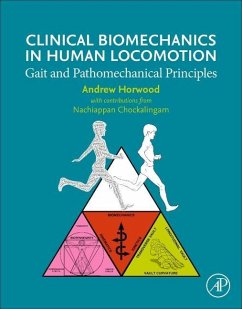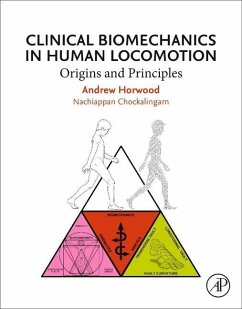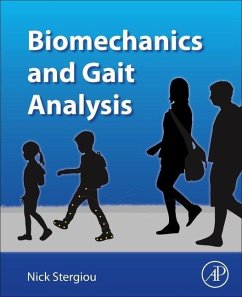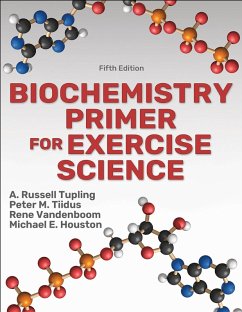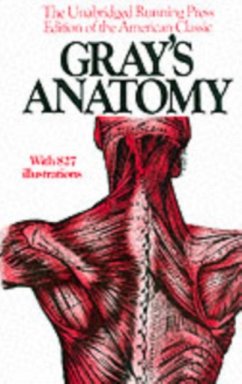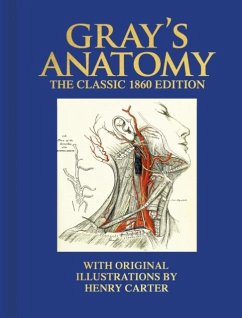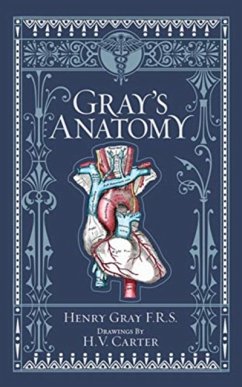Nicht lieferbar
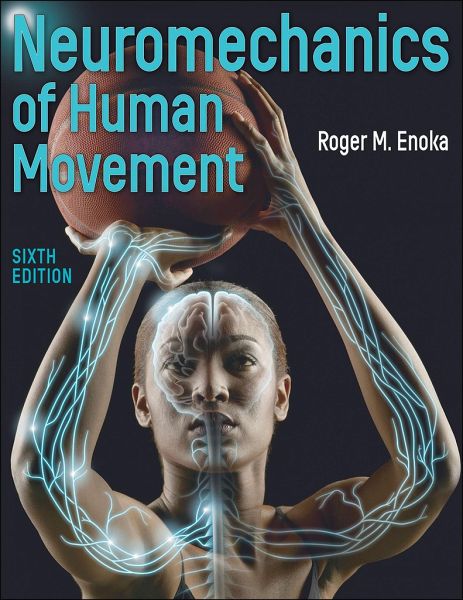
Neuromechanics of Human Movement
Versandkostenfrei!
Nicht lieferbar
Blending insights from neurophysiology and biomechanics, this text explains human movement through sensorimotor control and technical advances like wearable motion tracking and electromyography. It offers practical problem examples and detailed appendices on metric units, noise reduction, and joint mechanics for research and clinical contexts.




